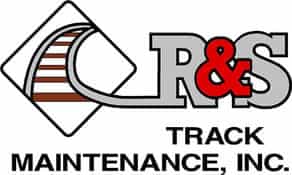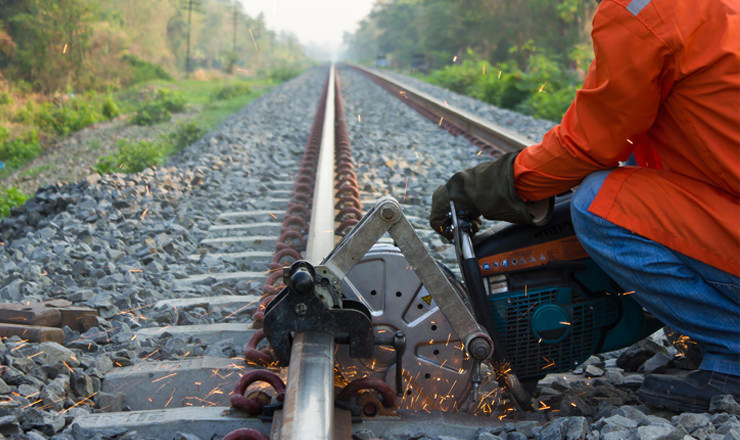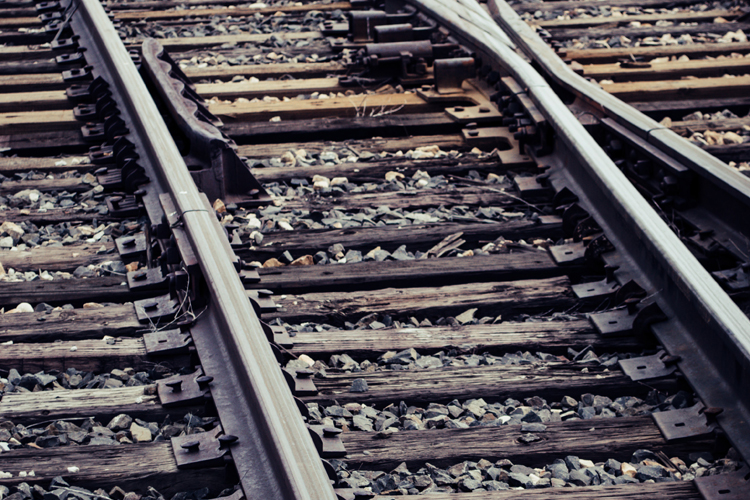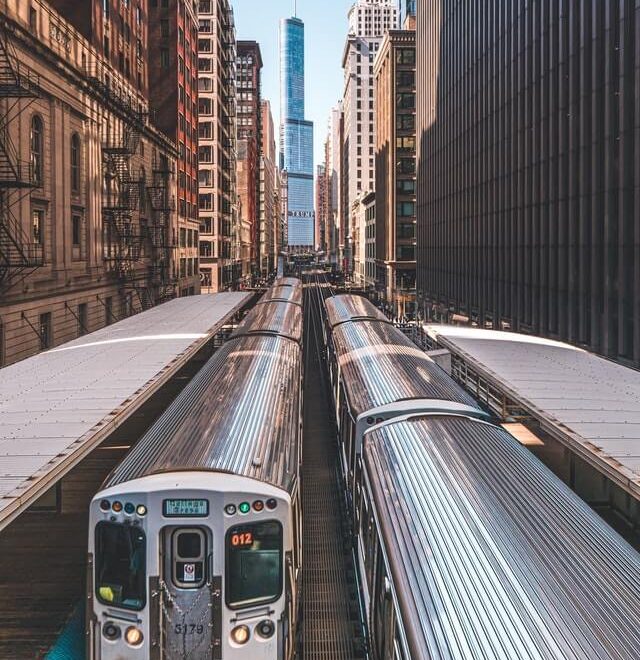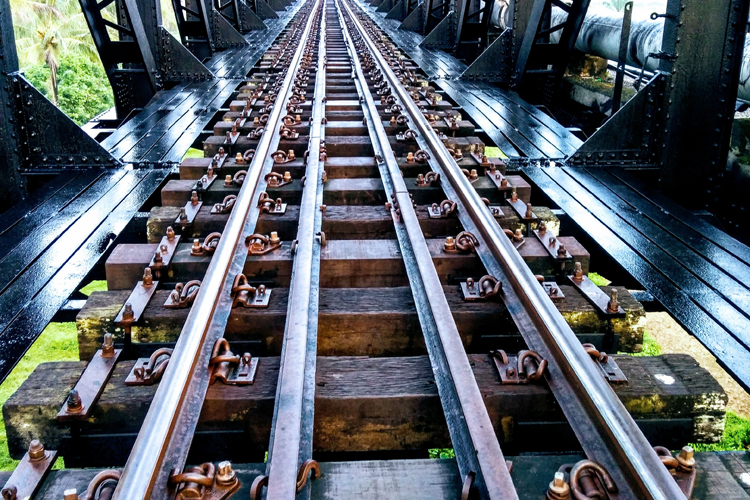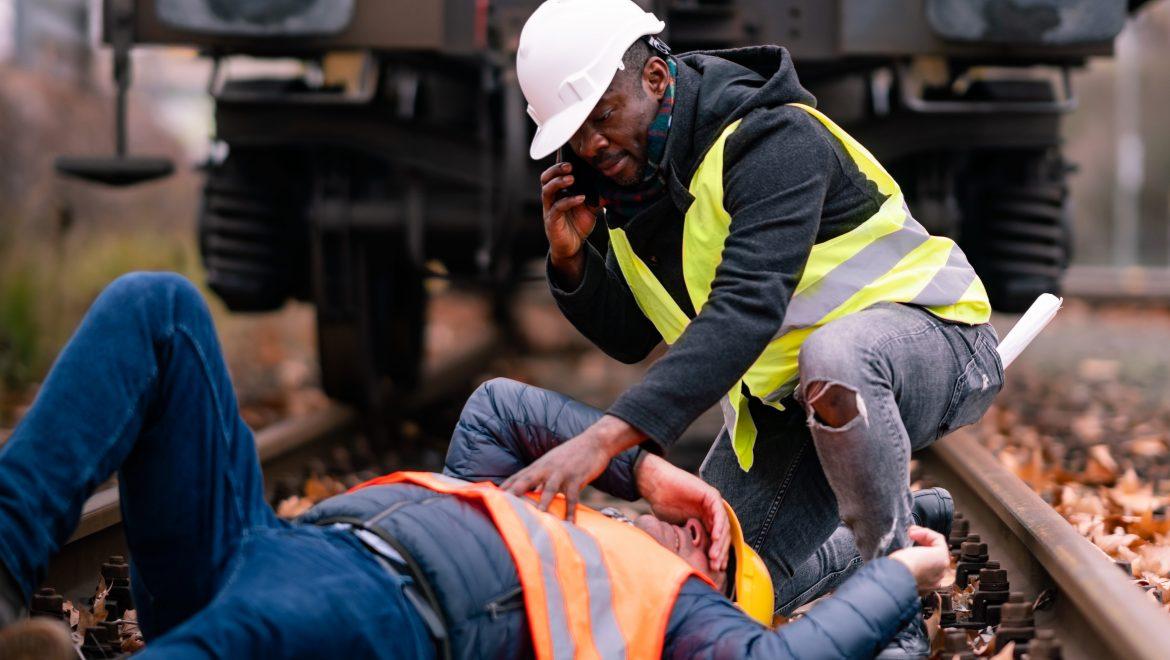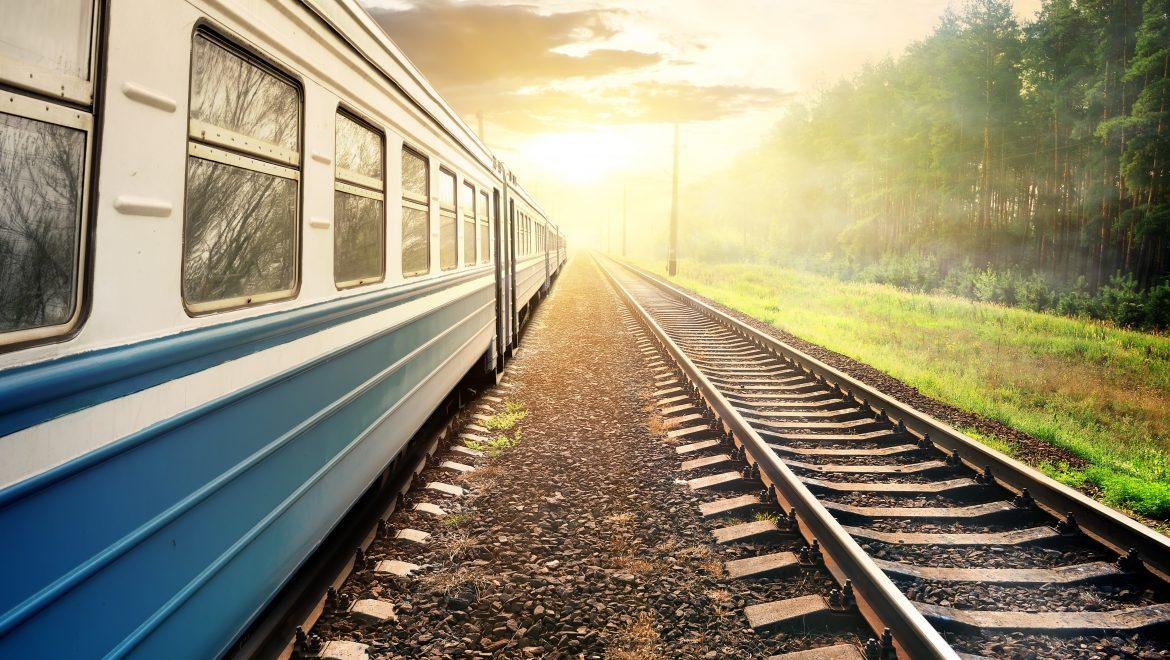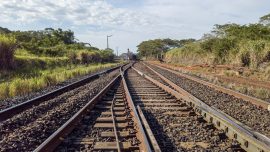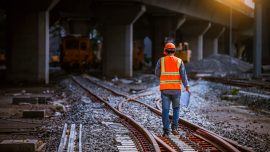8 Factors to consider when Hiring a Railroad Maintenance Company
If you’re in the railroad industry, you know how important it is to have safe, efficient tracks. To achieve this, maintenance must be performed regularly to ensure that there are no problems that can lead to derailments. For this reason, it’s crucial that you work with a team like ours at R&S Track Inc, to help you with these repairs and inspections. Here are factors to consider when hiring a railroad maintenance company.
1-Certification and License
When hiring a railroad maintenance company, the first thing you should check is whether they are certified and licensed. The Federal Railroad Administration offers many certifications and licenses that are required by the state to function as a railroad company. This ensures that they have the necessary qualifications to do the job. Furthermore, make sure that the company is insured and bonded. This protects you from any financial damages that may occur should something go wrong.
2-Where It’s Located
The next factor you should consider when hiring a railroad maintenance company is where it’s located. After all, you want a company that’s close enough to your railroads so that they can easily and quickly get to them in case of an emergency. Plus, a local company will be more familiar with the area and the specific challenges that come with maintaining railroads in that region.
3-What Type of Equipment They Use
Another important factor to consider is what type of equipment the company uses. After all, you want a company that has the latest and greatest equipment so that they can properly maintain your railroads. That way, there won’t be any hiccups that result in delays or disruptions for your customers. You also want to make sure that the company uses safe practices while working on these delicate pieces of machinery. That way, they won’t damage anything else while they work on fixing something that needs fixing!
4-How Long They Have Been in Business
One important factor you should consider when hiring a railroad maintenance company is how long they have been in business. A company that has been around for a while is likely to be more experienced and therefore better equipped to handle your needs.
You want to make sure that the company you hire has a wealth of experience in the industry. This way, you can be confident that they’ll be able to handle any issue that may come up. Do they have experience with your type of railroad? What size crews do they typically work with? All of these factors can impact the quality of their work. For example, if they’re not used to working on your type of railroad or your crew is larger than what they usually deal with, this could lead to poor service and delays in finishing the job.
5-How Many Employees They Have
Another factor to consider is how many employees the company has. A larger company is likely to have more resources and be able to handle more work, while a smaller company may be more personal and provide more individualized attention. The number of crew members a company has can also be indicative of their experience level. If a company has a large team, it’s likely because they’ve been in the business for a while and have taken on big projects.
6-Can They Handle the Job?
You’ll want to consider when the company will be able to do the job. If you need it done urgently, then you’ll obviously want to prioritize companies that can do the job more quickly. But if you have some flexibility, then you can look at other factors as well. The size of the company is also something to consider. A large company may have more resources and be able to get the job done faster, but it may also charge more. A smaller company may be more affordable, but it may not have the same resources available.
7-Highly Trained Staff
You want to be sure that the company you hire has highly trained staff. This is important because they will be the ones working on your railroad tracks. You want to be sure that they know what they’re doing and that they’re able to do it safely. Make sure that the company you hire has trained staff with experience working on railroad tracks.
8-The Company’s Safety Record
Another important factor to consider is the company’s safety record. This is vital because you want to be sure that the company you hire is safe and that their employees are safe. You can check the company’s safety record by looking up their OSHA statistics.
Hiring a Railroad Maintenance Company: R&S Track Inc
There are many factors to consider when hiring a railroad maintenance company. But by keeping these eight factors in mind, you can be sure to find the right company for your needs.
With the right partner, you can keep your railroad running smoothly for years to come. RS Track is a leading Midwest railroad track contractor. We are OSHA compliant, certified, and have been serving the maintenance needs of Midwest railroads since 1987. Contact us today for all your railroad maintenance needs!
